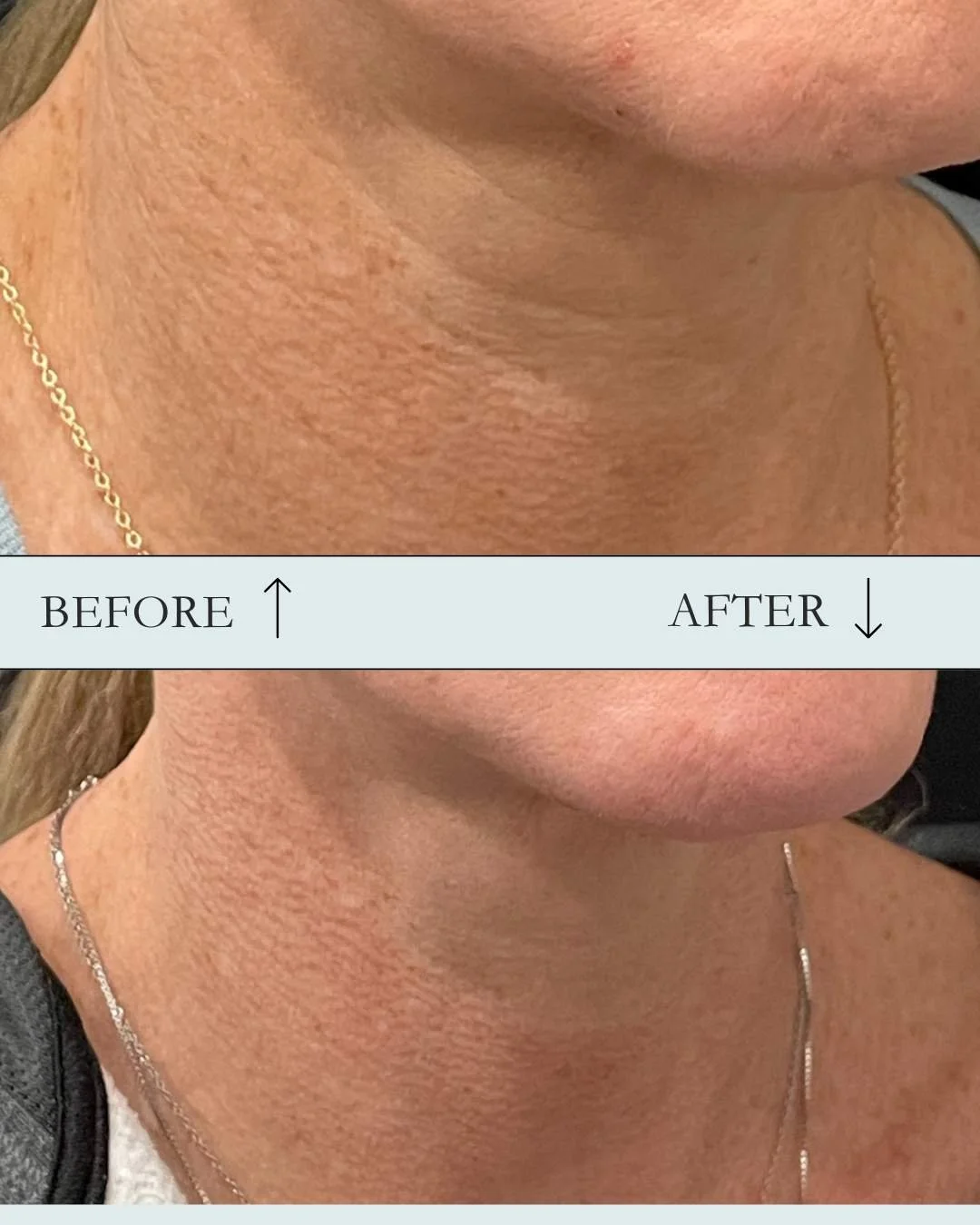Redensity Filler - The Wrinkle Eraser
RHA® Redensity is a HA (Hyaluronic Acid) Filler that is unlike any other on the market. It is meant to be injected into the skin (dermis) as opposed to other fillers which are meant to be injected underneath the skin for volume. Because it is very fine and can be injected directly into the skin, Redensity helps to improve the appearance of wrinkles rapidly and with little downtime. Redensity can treat dynamic wrinkles around the mouth (peri-oral) without compromising normal muscle movement when injected properly by a qualified/licensed injector. The key to achieving natural-appearing results is an art in which subtlety is paramount.
How Long Does RHA® Redensity Last?
The effects of RHA® Redensity is injected very superficially into the dermis and in the process will help to subcise the wrinkles and induce collagen along the way. Although outcomes may vary, results can last for more than 1-2 years.
Before and After Photos:
Wrinkle reduction around the lip lines and nasolabial folds
Wrinkle reduction to the horizontal neck lines.
Wrinkle reduction around the lip lines, chin lines and nasolabial folds.
Product information:
RHA® Redensity is a viscoelastic, sterile, non-pyrogenic, clear, colorless, homogeneous and biodegradable gel implant of both crosslinked and non-crosslinked hyaluronic acid. It is produced with sodium Hyaluronic Acid (NaHA) with a concentration of 15 mg/g obtained from bacterial fermentation using the streptococcus equi bacterial strain, crosslinked with 1,4-butanediol diglycidyl ether (BDDE) and reconstituted in a physiological buffer (pH 7.3). RHA® Redensity also contains 0.3% lidocaine hydrochloride monohydrate to reduce pain on injection.
What are the potential side effects of RHA® Redensity Filler?
As with all injections, potential risks include temporary bleeding or bruising. Vascular occlusion would be extremely rare if performed by a skilled injector since arteries are typically not superficial or in the layer of the dermis. Other uncommon risks include: inflammatory reaction, infection, anaphylactic reaction, edema (swelling), filler migration, acne, blisters, scarring, papules and delayed onset of granulomas.



